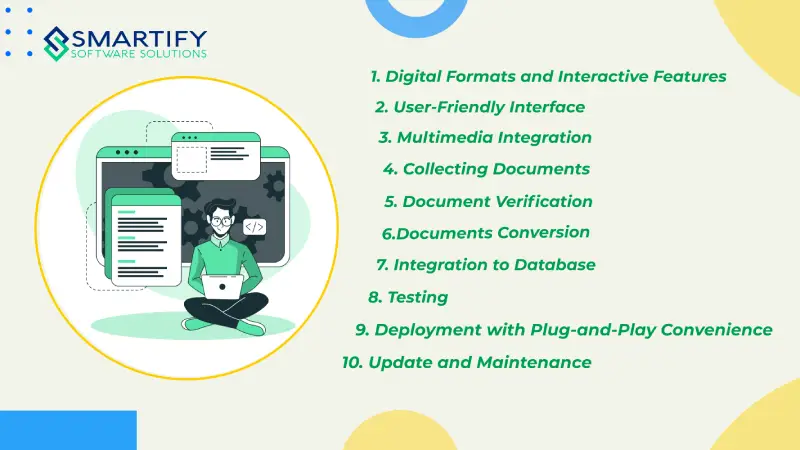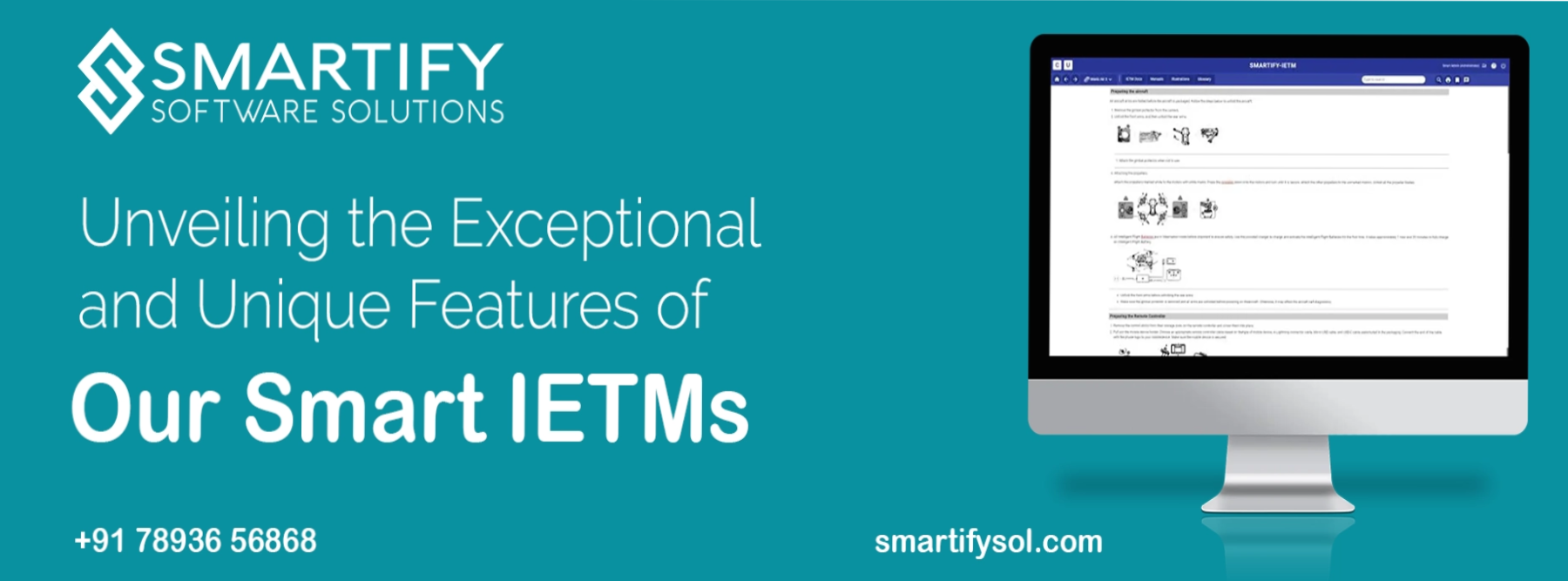In today’s fast-paced technological landscape, the evolution of technical documentation is crucial to ensure efficiency, accessibility, and user satisfaction. Our Smart IETM – Interactive Electronic Technical Manual design and development process not only addresses these needs but also brings innovation to the forefront. In this blog post, we will take you through the key stages of our process, highlighting digital formats, interactive features, user-friendly interfaces, multimedia integration, and more.
1. Digital Formats and Interactive Features:
– We start by using digital formats to make our IETM easy to access..
– Interactive features play a pivotal role, offering users an engaging and dynamic experience.
– Navigation elements, such as hyperlinks and bookmarks, are strategically incorporated for seamless information retrieval.
2. User-Friendly Interface:
– A user-friendly interface is at the heart of our design philosophy, ensuring that users can easily navigate through the technical documentation.
– Intuitive design elements, consistent layouts, and clear labeling contribute to an enhanced user experience.
3. Multimedia Integration:
– We recognize the power of multimedia in conveying complex information effectively.
– Integration of images, videos, and interactive diagrams enriches the content and aids in better comprehension.
4. Collecting Documents:
– Our process begins with a meticulous collection of relevant documents, ensuring that the IETM covers all necessary information.
– The gathered materials serve as the foundation for creating a comprehensive and cohesive documentation system.
5. Document Verification:
– To maintain document integrity, a thorough verification process is implemented.
– Documents are checked for validity and adherence to the specified format standards, ensuring consistency throughout the IETM.

6.Documents Conversion:
– Leveraging modern web technologies, we convert traditional PDF or Word documents into HTML format.
– This conversion process enhances compatibility and facilitates seamless integration with our database.
7. Integration to Database:
– A robust database forms the backbone of our IETM system.
– The converted documents are loaded into the database, allowing for efficient storage, retrieval, and management of information.
8. Testing:
– Rigorous testing procedures are conducted to ensure the functionality, compatibility, and overall performance of the IETM.
– User feedback is incorporated to refine and optimise the system further.
9. Deployment with Plug-and-Play Convenience:
– Our deployment process is designed to be hassle-free, following a “plug and play” model for quick integration into existing systems.
– Minimal setup requirements enable organisations to seamlessly adopt our Smart IETM solution.
10. Update and Maintenance:
– Regular updates and maintenance are integral to keeping the IETM current and reliable.
– New features, enhancements, and corrections are promptly addressed to provide users with the latest and most accurate information.
Conclusion:
Our Smart IETM design and development process reflects our commitment to delivering Advanced technical documentation solutions. By prioritising digital formats, interactive features, user-friendly interfaces, multimedia integration, and a robust deployment approach, we aim to redefine how organisations access and utilise technical information in the digital age. Embrace the future of technical documentation with our Smart IETM – where innovation meets functionality.






3 thoughts on “Revolutionising Technical Documentation: A Deep Dive into Our Smart IETM Design and Development Process”
Comments are closed.